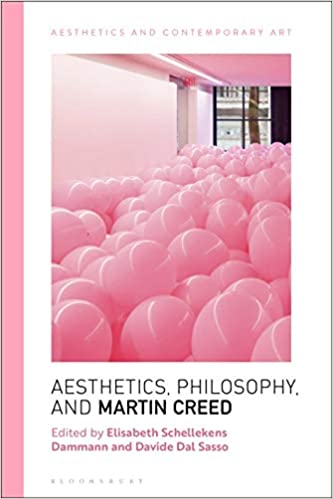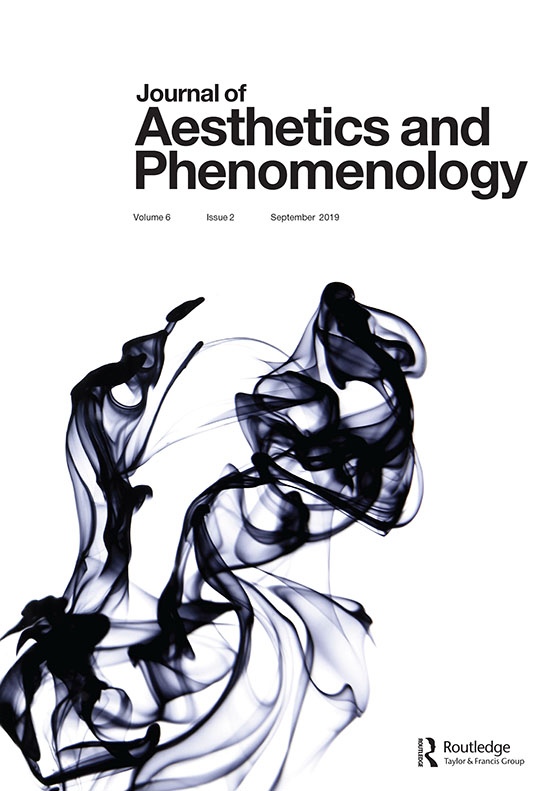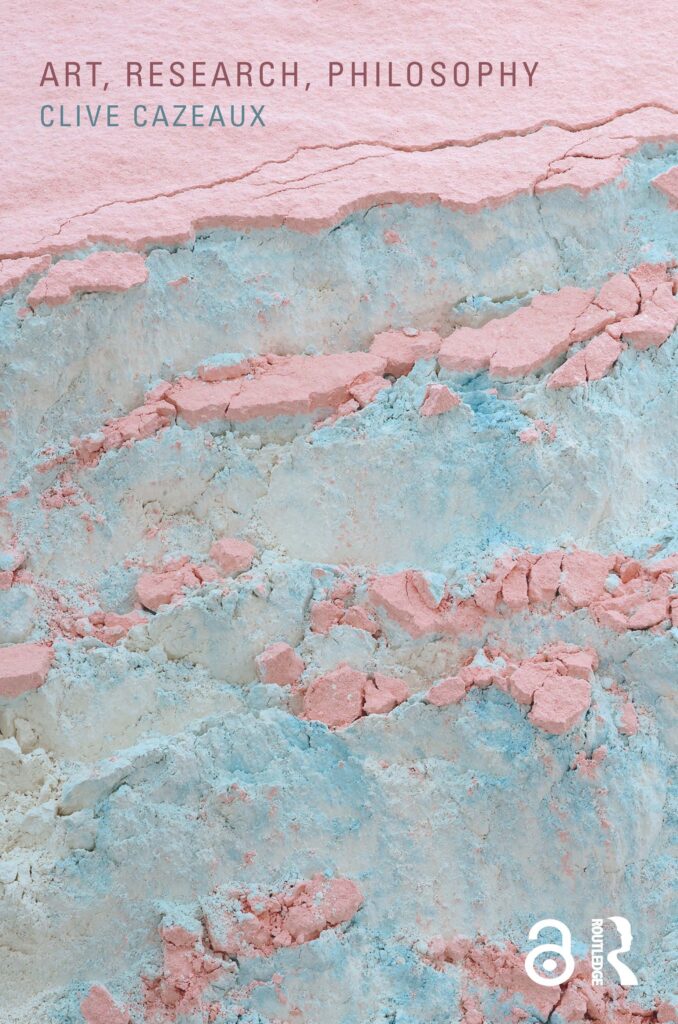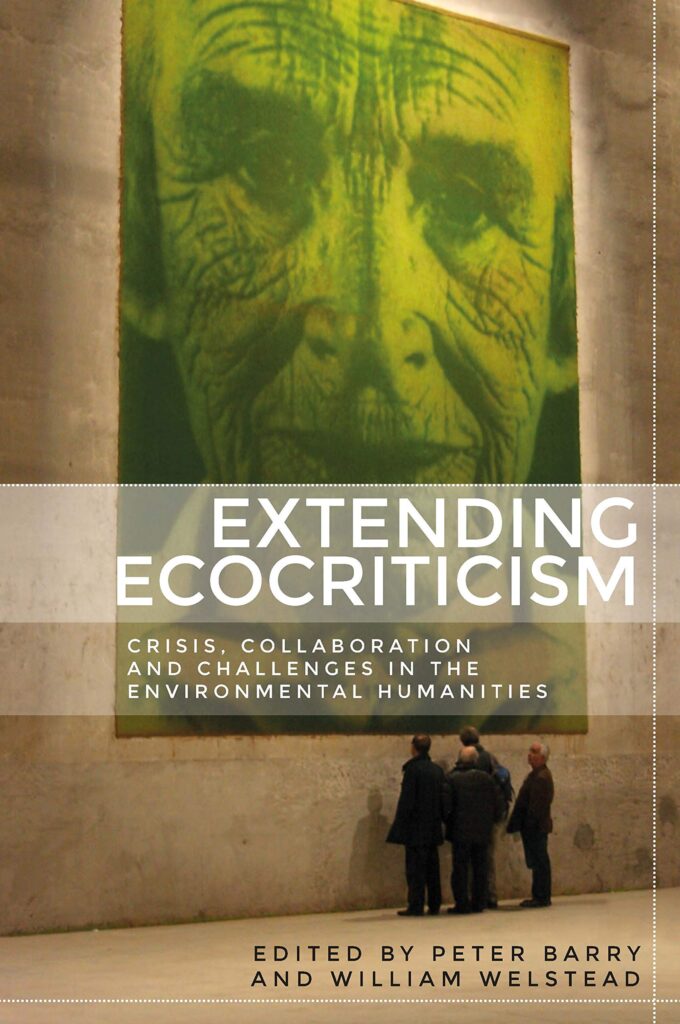Prof Clive Cazeaux
Aesthetics is the philosophy of art and the senses. Clive Cazeaux writes primarily on aesthetics from Kant to phenomenology, and the philosophies of artistic research, audio drama and metaphor, especially the role metaphor plays in the way we carve up the world and think. He is the author of Art, Research, Philosophy (Routledge 2017) and Metaphor and Continental Philosophy: From Kant to Derrida (Routledge 2007), and the editor of The Continental Aesthetics Reader (Routledge 2011, 2nd edition).

‘From insignificance to significance’. In E. Schellekens and D. Dal Sasso (eds.), Aesthetics, Philosophy and Martin Creed. London: Bloomsbury. Forthcoming. (Page numbers tbc).
The collection explores the philosophical questions raised by the art of Martin Creed. My chapter is an attempt to come to terms philosophically with what falls under the name ‘Martin Creed’. I stress ‘to come to terms’ because, at the time of writing, I am still perplexed by his work, and the movement he makes from the insignificant to the significant. I demonstrate how philosophy can come to terms with the fine-grained questioning and highly attentive looking one is invited to adopt when one perceives over time a sheet of A4 paper screwed into a ball, or spends time in a room in which the lights are going on and off. A particular ‘Martin Creed’ is identified, and the reason for the choice is shown to be a result of the transition from insignificance to significance that occurs in the artist’s work. You can read the first few pages of my chapter here.

‘Art, philosophy and the connectivity of concepts: Ricoeur and Deleuze and Guattari’. Journal of Aesthetics and Phenomenology. 6:1, 2017: 21–40.
In the history of philosophy, concepts are traditionally pictured as discrete containers that bring together objects or qualities based on the possession of shared, uniform properties. This paper focuses on a contrasting notion of the concept which holds that concepts are defined by their capacity to reach out and connect with other concepts. Two theories in recent continental philosophy maintain this view: one from Ricoeur, the other from Deleuze and Guattari. Both are offered as attempts to bring art and philosophy into relation, but they differ over how the process of connection is theorized. With Ricoeur, a concept is only a concept if it is inherently predisposed to connect with others, and open to being misapplied through metaphor, whereas, with Deleuze and Guattari, connection is left as the general notion of each and every concept being mutually consistent with other concepts, with the consistency attributed to the external action of “bridging”. I demonstrate the impact of this difference on how the philosophers perceive the art–philosophy relation, and argue that Ricoeur is better placed to provide a theory of philosophical discourse that is open to the aesthetic. A postprint is available here

Art, Research, Philosophy, Abingdon: Routledge, 2017.
The last two decades have seen the emergence of artistic research: art produced as a contribution to knowledge, either by artist-academics and doctoral students working in university art departments or through artists participating in research projects in other faculties. As a new subject, it raises several questions: What is art-as-research? Don’t the requirements of research amount to an imposition on the artistic process that dilutes the power of art? How can something subjective become objective? What is the relationship between art and writing? Doesn’t description always miss the particularity of the artwork? This book argues that artistic research is an exciting development in the historical debate between aesthetics and the theory of knowledge. It is the first book-length study to show how ideas in philosophy can be applied to artistic research to answer its questions and to make proposals for its future. The book is available as an open-access text on the Routledge website.

‘Aesthetics as ecology, or the question of the form of eco-art’. In P. Barry and W. Welstead (eds), Extending Ecocriticism: Crisis, Collaboration and Challenges in the Environmental Humanities, Manchester: Manchester University Press, 2017: 149–69.
In this chapter, I consider some problems surrounding the meaning and scope of the name ‘eco-art’. The name poses a problem to classification, I argue, because the two terms which make it up have such broad meaning. After conceptual art, there are no restrictions on the material form art can take, and ecology covers notions of environment, nature, interactions with nature, interconnection, and a fundamental, ontological condition of belonging. I consider recent attempts to classify the field, and suggest that, while they can be helpful, the full force of the problem of categorisation is better addressed by turning to the position given to aesthetics by phenomenology. This takes the problem of categorisation down to the level of how categories can be applied to experience when conventional, subject−object frameworks have been suspended. Our status as Da-seins, beings whose nature is always, already constructed by the environment around us, I argue, makes prominent the role of the senses, indexicality and metaphor in the organization of experience, and provides a way of understanding aesthetics as ecology (in the broadest sense of the word). A postprint is available here.

‘The aesthetics of the scientific image’. Journal of Aesthetics and Phenomenology 2:2, 2015: 187–209.
Images in science are often beautiful but their beauty cannot be explained using traditional aesthetic theories. Available theories either rely upon concepts antithetical to science, e.g. regularity as an index of God’s design, or they omit concepts intrinsic to scientific imaging, e.g. the image is taken as a representation of ‘beautiful nature’. I argue that the scientific image is not a representation but a construction: a series of mutually defining intra-actions, where ‘intra-action’ signifies that the object depicted cannot be extricated from the technologies of picturing. But how can the beauty of intra-active, picturing-depicted constructions be explained, when philosophical aesthetics traditionally understands objects of appreciation to be distinct, discrete items? I propose that metaphor provides a model for the aesthetics of the scientific image, on the grounds that it is itself an intra-action that promotes salience in perception. A postprint is available here.
Further information on Clive Cazeaux’s work can be found on his website.
…